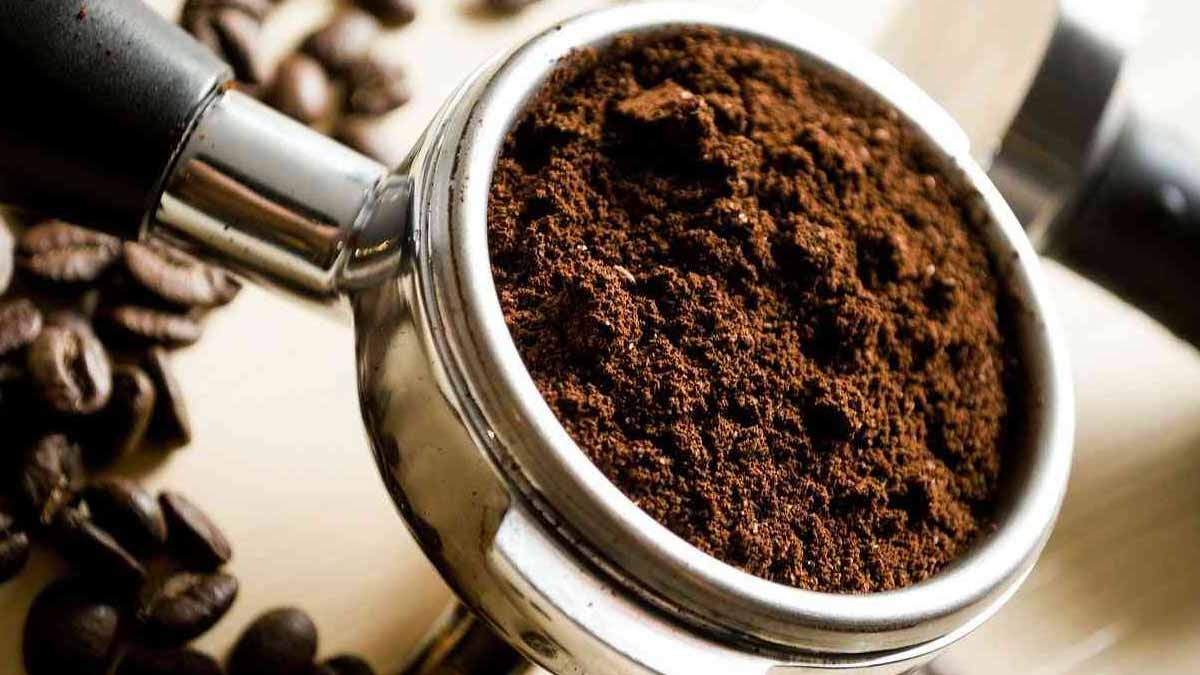Coffee grounds look like waste, yet they act like a quiet booster in the garden. Used with care, they enrich soil, support helpful life, and help limit small pests without harsh products. This simple habit turns breakfast into growth for plants, while saving money and reducing waste at home. Handled correctly, grounds give steady nutrition and a friendlier structure, so roots breathe and thrive. You only need small amounts and a few simple steps.
Why coffee grounds boost growth naturally
Coffee grounds contain nitrogen, phosphorus, and potassium in gentle amounts that support steady, healthy growth. They also supply trace minerals like magnesium and copper, which back strong tissues. Because nutrients release slowly, roots avoid shock. Foliage gains color and vigor under stable feeding rather than sudden peaks that invite weakness.
As grounds break down, they feed microbes that build structure in tired beds. That activity creates pores that hold moisture and air very well, so roots explore deeper with less stress. Earthworms follow this buffet, recycling material into castings that improve texture and help water move through the profile evenly.
Texture and scent form a barrier many soft-bodied pests dislike. Gardeners note fewer visits from slugs and ants near treated edges, with cats also staying away from mulched strips. When pressure drops around seedlings and borders, growth stays cleaner. Leaves avoid damage that invites disease spread during wet spells, visibly.
How coffee grounds feed plants and living soil
The value begins with proper preparation, because wet clumps can mold and block airflow. Spread grounds thinly on paper or trays, then let them dry fully for a day or two. Dry particles mix better, so activity stays aerobic and decomposition supports crumbly texture instead of creating sour, compacted layers.
Integration matters as much as quantity, since thick crusts repel water easily. Blend small pinches into the top few inches, or fold into compost so carbon balances nitrogen. That mix releases nutrients as microbes work. Plants take up what they need while soil holds structure during summer heat and rain.
Moderation protects balance, because overuse can nudge acidity too far. Use one to two tablespoons per plant, up to four times each year in most beds. Pair with chopped leaves or banana peels so potassium, calcium, and trace elements round out feeding. That approach remains steady and kind to roots.
The plants that truly benefit from this kitchen habit
Roses respond with richer blooms, because gentle nitrogen supports buds without lush, weak growth. Enthusiasts mix small amounts into mulch to help disease resistance stay strong through changeable weather. They also use targeted rings to reduce aphids around tender shoots. Keep airflow open so foliage dries quickly after showers.
Acid lovers show striking results in many gardens. Hydrangeas produce deeper blue flowers where soils lean alkaline, while rhododendrons, camellias, and blueberries grow with steady vigor. These shrubs appreciate the nudge toward acidity. Microbial life stays active and root hairs access iron and other essential micronutrients that plants need.
Vegetable beds gain vigor when applications stay light. Tomatoes, potatoes, and aubergines put on growth, while lettuces and chicory fill out leaves. Cucumbers and courgettes set more fruit, and brassicas like broccoli stay sturdy. Nutrients arrive slowly and support resilience during wind events, sun, and brief drought periods in summer.
Practical ways to apply safely for stronger growth
Dry first, then sprinkle small amounts where roots can find them easily. Scratch materials into surface soil around the drip line, because feeder roots sit there. Water soon after, as moisture settles particles and starts microbiology. That process turns kitchen scraps into forms roots can absorb, so plants benefit steadily.
For pest management, create light bands around vulnerable stems, since slugs avoid rough surfaces. You can refresh bands after heavy rain, because movement and downpours thin coverage. Use barriers as part of a wider plan that includes tidy borders and clean tools. Healthy spacing lets breezes move through leaves, easily.
Indoor containers welcome occasional boosts, but small doses work best. Ficus and monstera show livelier growth when nutrients arrive gradually, while soil stays breathable. Mix pinches into potting media, and follow with watering. Even moisture keeps salts from concentrating near roots and helps releases remain gentle over many weeks.
When coffee grounds are not the right choice
Some species prefer neutral or alkaline conditions that coffee grounds may disturb. Mediterranean herbs, including lavender, rosemary, and thyme, grow best without extra acidity, so keep grounds away. Beds with lime-rich soils may need caution. Changes near the surface can upset balance that supports natural aroma and woody structure.
Reserve applications for established specimens, since tender seedlings burn easily under strong nitrogen. Caffeine traces can inhibit germination in some cases, while delicate roots stress under sudden change. Wait until plants harden off, then use light doses as part of broader feeding. That approach includes compost, mulches, and smart watering.
Overuse remains the common mistake that causes disappointment. Thick layers form crusts that shed water quickly, starve microbes, and lock air from roots. Spread thin, mix well, and monitor leaf color, because steady tone signals balance. Yellowing, wilting, or salt crusts warn early that inputs need scaling back over time.
Simple habits that turn morning waste into garden strength
A small routine can change how a plot grows, while the budget smiles. Dry, mix, and measure with care so benefits stay steady across seasons and different beds. Used this way, coffee grounds help plants thrive, as soil life stays active and pests retreat. With clear limits and simple steps, flowers glow and harvests improve, because roots enjoy kinder conditions every week. The change is modest in effort, yet it builds healthier soil for years.
